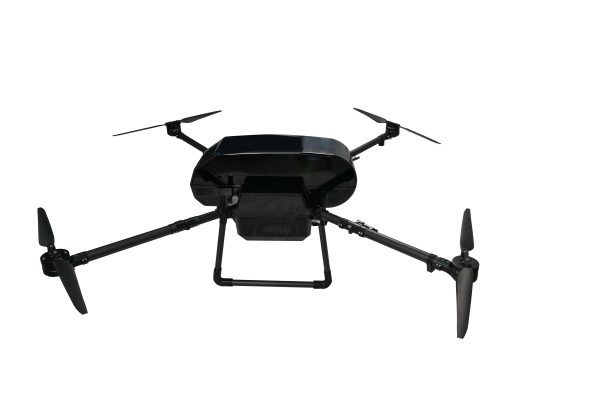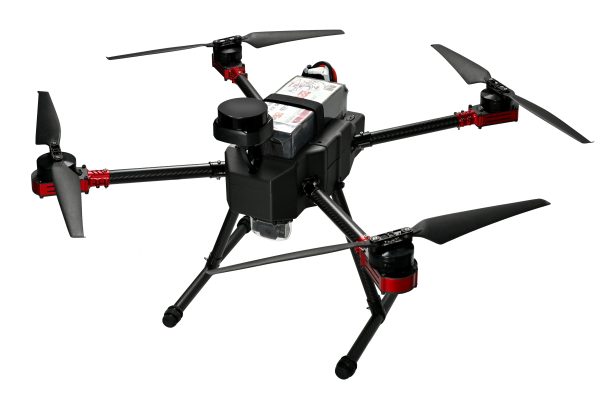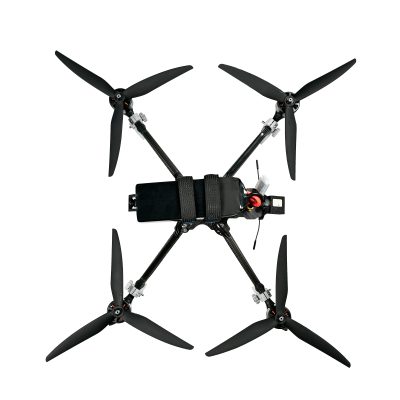Blog
Urban FPV Flying: Safety Guidelines & Cinematic Tips
Introduction
Flying FPV drones in urban areas unlocks some of the most cinematic footage possible — weaving through buildings, bridges, and streets. But it also comes with strict safety requirements, legal limitations, and environmental hazards.
In this article, we’ll walk you through how to safely and creatively fly in cities, from permissions to flight planning, and share camera and movement tips to help you capture breathtaking urban FPV shots.

1. Check Local Drone Laws First
Before you even power up, research:
✅ Airspace classification & flight altitude limits
✅ Whether registration and licensing are required
✅ No-fly zones: airports, schools, government buildings
✅ Time-of-day and weather restrictions
✅ Commercial filming permissions (if applicable)
Pro Tip: Some countries require a special urban flight permit or spotter presence at all times.
2. Scout the Area & Plan Your Line
Visit the location on foot before flying:
-
Identify signal interference zones (cell towers, dense buildings)
-
Map entry/exit paths for the drone
-
Mark safe return-to-home areas
-
Note lighting changes during the day (shadows matter)
Use tools like Google Earth, AirMap, or DJI FlySafe to overlay zones and simulate flight lines.
3. Fly Early or Late (Golden Hour = Best Light)
Avoid crowds and get cinematic lighting by flying:
🌅 At sunrise → softer shadows, empty streets
🌇 At sunset → warm glow, city lights begin to pop
🌃 At night (if allowed) → ensure bright lighting & low ISO
Less pedestrian traffic = fewer risks and more freedom of movement.

4. Stick to Smooth, Controlled Movements
Urban FPV is not about flips — it’s about flow and precision. Try:
-
Slow fly-bys along building facades
-
Orbits around towers or rooftop features
-
Long pushes or pull-backs from city landmarks
-
Dive + pull-outs along narrow gaps or stairwells
Use ND filters to reduce shutter speed and add motion blur for cinematic results.
5. Safety First: Always Have a Backup Plan
-
Set Return-to-Home altitude high enough to clear buildings
-
Always fly line-of-sight first before FPV
-
Keep a second observer or spotter during flight
-
Avoid flying over people or traffic
-
Bring extra batteries — wind and GPS lock can drain fast
Record a dry run using your GoPro or DVR before attempting the full flight.
Conclusion
Urban FPV flying offers unmatched cinematic potential — but only when done responsibly. With proper planning, legal awareness, and creative vision, cityscapes can become your best canvas. Fly smart, film beautifully, and always respect the skyline.



